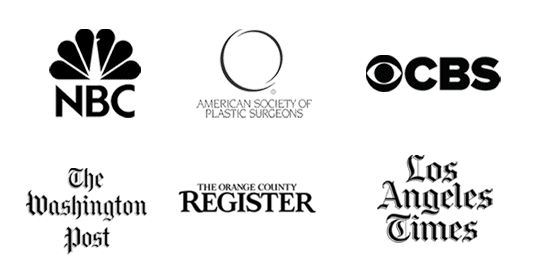Eyelid surgery cost is determined by multiple factors that include the extent of surgery recommended and the complexity of surgeries required. For example, the time of surgery must consider whether the upper and lower eyelids are being operated on. Additionally, patients may demonstrate functional impairments of their eyelid function that will require more complicated maneuvers.
Upper eyelid surgery cost
The upper eyelid surgery cost is the most reasonable as it can be completed locally without general anesthesia and an operating room team. The upper eyelid surgery can be simple and involve only removal of redundant skin or, more complicated, requiring trimming of the orbicularis oculi muscle and partial resection of any protruding fat pads.
Patients may also demonstrate functional impairment such as the inability to open their eyelid all the way, termed ptosis; this will require a more complex maneuver of tightening a tendon, called the levator aponeurosis. Interestingly, even this maneuver should be performed while you are awake so that the degree of tightening can be gauged with your opening and closing your eyes.
Lower eyelid surgery cost
Lower eyelid surgery cost is significantly more than the upper eyelid for several reasons. First, the eyelid excision of the lower eyelid is performed right under the lid margin, making it difficult to be performed while you are awake. Lower eyelid surgery can involve removing the lower eyelid skin redundancy and removing or repositioning protruding lower eyelid fat pads.
Lower eyelid surgery is so technical because the lower eyelid can get tugged down by gravity and the weight of the upper lateral cheek. When the eyelid margin gets loose, the above tugging can create a secondary deformity where the eyelid gets pulled away from the eyeball, called an ectropion.
Risk factors for getting an ectropion following lower eyelid surgery include
- exophthalmous or enlarged eyeball; and
- poor lid snap back greater than 1 second. You can appreciate that a larger eyeball is going to place even more weight on the lower eyelid skin and push it down. The lid snap back test is a technique to assess the tightness or more importantly looseness of the eyelid. If the lid margin is tight, then it will snap back when pulled away from the eyeball. When it is loose, it will lag have a delay in returning to the eyeball.
For patients with a risk of developing ectropion, more complex functional maneuvers will be required.
Eyelid surgery cost with risk factors for ectropion
If you demonstrate risk factors for developing an ectropion, then functional maneuvers will be required to reinforce the lid margin. These maneuvers may include tightening the lid, called canthopexy, which involves supporting the lid margin attachment point, called the Whitnall’s ligament, located inside the orbital bone.
More aggressive maneuvers may require actual shortening of the lower eyelid, called canthoplasty. A final maneuver may include a temporal or high facelift, which will lift the lateral cheek soft tissues so that they do not pull on the lid margin.
Eyelid surgery Cost Conclusion
In summary, eyelid surgery costs will vary most based on whether upper and lower eyelid surgery is required. The second consideration is how extensive your surgery will be, such as the need to remove redundant skin only or also the need to remove protruding fat pads.
The final cost determinant is any functional concerns that may require complex maneuvers such as tightening of eyelid tendons and or lid margins. A consultation with an eyelid surgeon is highly recommended to receive an accurate quote for your eyelid surgery cost.


